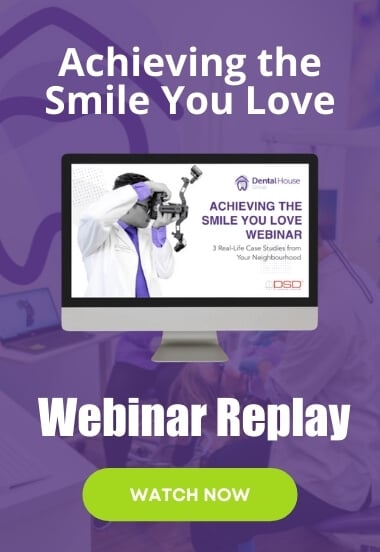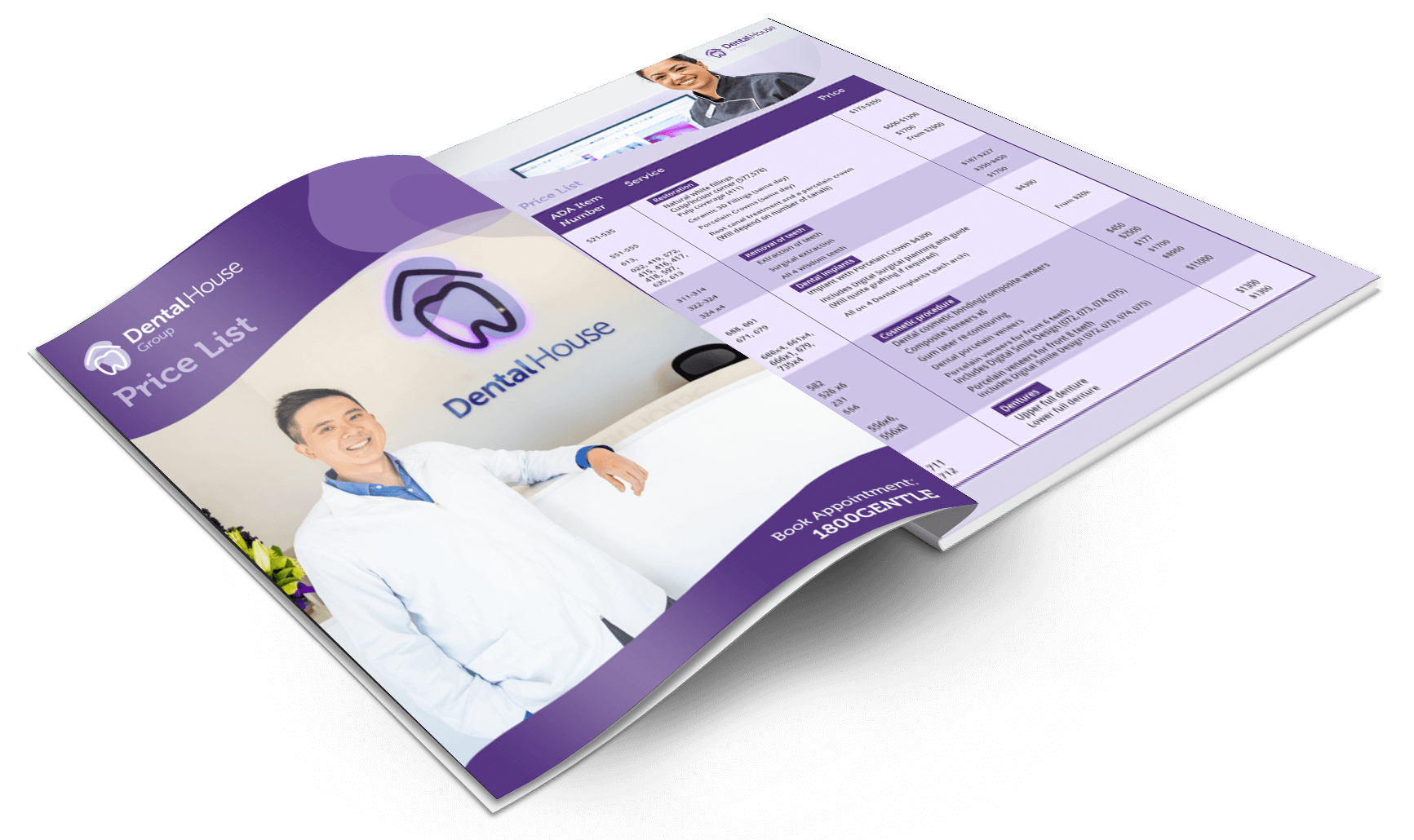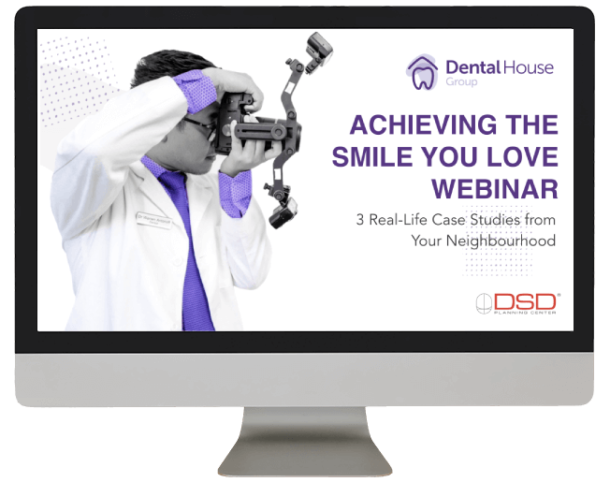Health Tips for Healthy Living
Health Tips for Healthy Living

What is healthy living?
This article is designed to give tips to readers about how they can improve or augment actions in their life to have a healthy lifestyle; it is not meant to be all inclusive but will include major components that are considered to be parts of a lifestyle that lead to good health. In addition to the tips about what people should do for healthy living, the article will mention some of the tips about avoiding actions (the don’ts) that lead to unhealthy living.
“Healthy living” to most people means both physical and mental health are in balance or functioning well together in a person. In many instances, physical and mental health are closely linked, so that a change (good or bad) in one directly affects the other. Consequently, some of the tips will include suggestions for emotional and mental “healthy living.”
Quit Smoking
Set a date for quitting. If possible, plan to have a friend quit smoking with you. It’s best to pick a day within the next month. A date too far off in the future will give you a chance to procrastinate and postpone, while a date too soon may not allow you to make a plan for medications or support systems.
Notice when and why you smoke. Try to find the things in your daily life that you often do while smoking (such as drinking your morning cup of coffee or driving a car).
Change your smoking routines: Keep your cigarettes in a different place. Smoke with your other hand. Don’t do anything else when you are smoking. Think about how you feel when you smoke.
Healthy eating (diet and nutrition)
All humans have to eat food for growth and maintenance of a healthy body, but we humans have different nutrition requirements as infants, children (kids), teenagers, young adults, adults, and seniors. For example, infants may require feeding every 4 hours until they gradually age and begin to take in more solid foods. Eventually they develop into the more normal pattern of eating three times per day as young kids. However, as most parents know, kids, teenagers, and young adults often snack between meals. Snacking is often not limited to these age groups because adults and seniors often do the same.
Tips:
- Eat three healthy meals a day (breakfast, lunch, and dinner); it is important to remember that dinner does not have to be the largest meal.
- The bulk of food consumption should consist of healthy foods, such as fruits, vegetables, whole grains, and fat-free or low-fat milk products.
- Incorporate lean meats, poultry, fish, beans, eggs, and nuts (with emphasis on beans and nuts) into a healthy diet.
- Choose foods that are low in saturated fats, trans fats, cholesterol, salt (sodium), and added sugars; look at the labels because the first listed items on the labels comprise the highest concentrations of ingredients.
- Control portion sizes; eat the smallest portion that can satisfy hunger and then stop eating.
- Healthy snacks are OK in moderation and should consist of items like fruit, whole grains, or nuts to satisfy hunger and not cause excessive weight gain.
- Avoid sodas and sugar-enhanced drinks because of the excessive calories in the sodas and sugar drinks; diet drinks may not be a good choice as they make some people hungrier and increase food consumption.
- Avoid eating a large meal before sleeping to decrease gastroesophageal reflux and weight gain.
- If a person is angry or depressed, eating will not solve these situations and may make the underlying problems worse.
- Avoid rewarding children with sugary snacks; such a pattern may become a lifelong habit for people.
- Avoid heavy meals in the summer months, especially during hot days.
- A vegetarian lifestyle has been promoted for a healthy lifestyle and weight loss; vegetarians should check with their physicians to be sure they are getting enough vitamins, minerals, and iron in their diet.
- Cooking foods (above 165 F) destroys most harmful bacteria and other pathogens; if you choose to eat uncooked foods like fruits or vegetables, they should be thoroughly washed with running treated (safe to drink) tap water right before eating.
- Avoid eating raw or undercooked meats of any type.
Tips for special situations:
- People with diabetes should use the above tips and monitor their glucose levels as directed; try to keep the daily blood glucose levels as close to normal as possible.
- People with unusual work schedules (night shifts, college students, military) should try to adhere to a breakfast, lunch, and dinner routine with minimal snacking.
- People who prepare food should avoid using grease or frying foods in grease.
- People trying to lose weight (body fat) should avoid all fatty and sugary foods and eat mainly vegetables, fruits, and nuts and markedly reduce his/her intake of meat and dairy products.
- Seek medical advice early if you cannot control your weight, food intake, or if you have diabetes and cannot control your blood glucose levels.
Physical activity and exercise
Physical activity and exercise is a major contributor to a healthy lifestyle; people are made to use their bodies, and disuse leads to unhealthy living. Unhealthy living may manifest itself in obesity, weakness, lack of endurance, and overall poor health that may foster disease development.
Tips:
- Regular exercise can prevent and reverse age-related decreases in muscle mass and strength, improve balance, flexibility, and endurance, and decrease the risk of falls in the elderly. Regular exercise can help prevent coronary heart disease, stroke, diabetes, obesity, and high blood pressure. Regular, weight-bearing exercise can also help prevent osteoporosis by building bone strength.
- Regular fitness can help chronic arthritis sufferers improve their capacity to perform daily activities such as driving, climbing stairs, and opening jars.
- Regular exercise can help increase self-esteem and self-confidence, decrease stress and anxiety, enhance mood, and improve general mental health.
- Regular exercise can help control body weight and in some people cause loss of fat.
- Thirty minutes of modest exercise (walking is OK) at least 3 to 5 days a week is recommended, but the greatest health benefits come from exercising most days of the week.
- Exercise can be broken up into smaller 10-minute sessions.
- Start slowly and progress gradually to avoid injury or excessive soreness or fatigue. Over time, build up to 30 to 60 minutes of moderate to vigorous exercise every day.
- People are never too old to start exercising. Even frail, elderly individuals (70-90 years of age) can improve their strength and balance with exercise.
- Almost any type of exercise (resistance, water aerobics, walking, swimming, weights, yoga, and many others) is helpful for everybody.
- Children need exercise; play outside of the home is a good beginning.
- Sports for children may provide excellent opportunities for exercise, but care must be taken not to overdo certain exercises (for example, throwing too many pitches in baseball may harm a joint like the elbow or shoulder).
- Exertion during strenuous exercise may make a person tired and sore, but if pain occurs, stop the exercise until the pain source is discovered; the person may need to seek medical help and advice about continuation of such exercise.
Most individuals can begin moderate exercise, such as walking, without a medical examination. The following people, however, should consult a doctor before beginning more vigorous exercise:
- Men over age 40 or women over age 50
- Individuals with heart or lung disease, asthma, arthritis, or osteoporosis
- Individuals who experience chest pressure or pain with exertion, or who develop fatigue or shortness of breath easily
- Individuals with conditions that increase their risks of developing coronary heart disease, such as high blood pressure, diabetes, cigarette smoking, high blood cholesterol, or having family members who had early onset heart attacks and coronary heart disease
- Individuals who are morbidly obese
Consequences of physical inactivity and lack of exercise:
- Physical inactivity and lack of exercise are associated with heart disease and some cancers.
- Physical inactivity and lack of exercise are associated with type II diabetes mellitus (also known as maturity or adult-onset, non-insulin-dependent diabetes).
- Physical inactivity and lack of exercise contribute to weight gain.
Mental health
Healthy living involves more than physical health, it also includes emotional or mental health. The following are some ways people can support their mental health and well-being.
Tips:
- Get enough sleep daily; the CDC recommends the following by age group (naps inclusive); 12-18 hours from birth to 2 months, 14-15 hours from 3-11 months of age, 12-18 hours for 1-3 years of age, 11-13 hours for 3-5 years of age, 10-11 hours for 5-10 years of age, 8.5-9.5 hours for 10-17 years of age and those 18 and above need 7-9 hours of sleep. Elderly people need about 7-9 hours but do not sleep as deeply and may awaken at night or wake early, so naps (like kids need) allow them to accumulate the total of 7-9 hours of sleep.
- Take a walk and reflect on what you see and hear at least several times per week.
- Try something new and often (eat a new food, try a different route to work, go to a new museum display).
- Do some mind exercises (read, do a puzzle occasionally during the week).
- Try to focus on a process intensely and complete a segment of it over 1 to several hours, then take a break and do something relaxing (walk, exercise, short nap).
- Plan to spend some time talking with other people about different subjects.
- Try to make some leisure time to do some things that interest you every week (hobby, sport).
- Learn ways to say “no” when something occurs that you do not want to do or be involved with.
- Have fun (go on a trip with someone you love, go shopping, go fishing; do not let vacation time slip away).
- Let yourself be pleased with your achievements, both big and small (develop contentment).
- Have a network of friends; those with strong social support systems lead healthier lives.
- Seek help and advice early if you feel depressed, have suicidal thoughts, or consider harming yourself or others.
- People taking medicine for mental health problems should not stop taking these medications, no matter how “well” they feel, until they have discussed their situation with their prescribing doctor(s).
Avoidance behavior is another key to wellness. Below are described some of the major items to avoid if a person is seeking a healthy lifestyle.
Avoid tobacco use
Tobacco use is the most important preventable illness and cause of death in the U.S., according to the National Cancer Institute (NCI). Tobacco use was estimated to be the cause of 443,000 deaths in 2010 in the U.S.
Tip:
- Stop smoking tobacco; start to stop today (it takes about 15 years of nonsmoking behavior to achieve a “normal” risk level for heart disease for those that smoke).
- Stop using chewing tobacco to avoid oral cancers.
Adverse consequences of tobacco use:
- Tobacco use causes or contributes to a large number of cancers in the U.S. In men, 90% of lung cancer deaths are attributable to smoking; 80% in women. Tobacco use causes cancers of the lung, mouth, lip, tongue, esophagus, kidney, and bladder. It also further increases the risk of bladder cancer in subjects occupationally exposed to certain organic chemicals found in the textile, leather, rubber, dye, paint, and other organic chemical industries, and further increases the risk of lung cancer among subjects exposed to asbestos.
- Tobacco use causes atherosclerotic arterial disease (hardening and narrowing of the arteries) that can lead to heart attacks, strokes, and lack of blood flow to the lower extremities. Tobacco use causes an estimated 20%-30% of coronary heart disease in the U.S. It also further increases the risk of heart attacks among subjects with elevated cholesterol, uncontrolled hypertension, obesity, and a sedentary lifestyle.
- Tobacco use causes an estimated 20% of chronic lung diseases in the U.S., such as chronic bronchitis and emphysema, and causes pneumonia in those with chronic lung disease. The CDC, in 2011, estimated that 90% of deaths from chronic obstructive lung disease (COPD) were due to smoking.
- Pregnant women who smoke are more likely to deliver babies with low birth weight.
- Secondhand smoke can cause middle-ear infections (otitis media), coughing, wheezing, bronchitis, and pneumonia in babies, and aggravate asthma in children. Secondhand smoke (sometimes referred to as passive smoking) can also cause lung cancer.
Comments and recommendations (tips):
- Quitting smoking is difficult to accomplish; tobacco contains nicotine, which is addictive. Some smokers can quit “cold turkey,” but for most, quitting smoking requires a serious life-long commitment and an average of six quitting attempts before success.
- Quitting smoking efforts may include behavior modification, counseling, use of nicotine chewing gum (Nicorette Gum), nicotine skin patches (Transderm Nicotine), or oral medications such as bupropion (Zyban).
- Avoid excessive alcohol consumption
- Adverse consequences of excessive alcohol consumption:
- Chronic, excess alcohol consumption is the major cause of liver cirrhosis in the U.S.
- Liver cirrhosis can cause internal hemorrhage, fluid accumulation in the abdomen, easy bleeding and bruising, muscle wasting, mental confusion, infections, and in advanced cases, coma, and kidney failure.
- Liver cirrhosis can lead to liver cancer.
- Alcohol accounts for 40%-50% of deaths from automobile accidents in the U.S.
- Alcohol use is a significant cause of injury and death from home accidents, drowning, and burns.
Avoid excessive alcohol consumption
- Adverse consequences of excessive alcohol consumption:
- Chronic, excess alcohol consumption is the major cause of liver cirrhosis in the U.S.
- Liver cirrhosis can cause internal hemorrhage, fluid accumulation in the abdomen, easy bleeding and bruising, muscle wasting, mental confusion, infections, and in advanced cases, coma, and kidney failure.
- Liver cirrhosis can lead to liver cancer.
- Alcohol accounts for 40%-50% of deaths from automobile accidents in the U.S.
- Alcohol use is a significant cause of injury and death from home accidents, drowning, and burns.
Comments and recommendations (tips):
There are many treatments for alcoholism. But the crucial first step to recovery is for the individual to admit there is a problem and make a commitment to address the alcoholism issue. The 12-step-style self-help programs, pioneered by Alcoholics Anonymous, can be one effective treatment. Psychologists and related professionals have developed programs to help individuals better handle emotional stresses and avoid behaviors that can lead to excess drinking. Support and understanding from family members are often critical for sustained recovery. Medication can be useful for the prevention of relapses and for withdrawal symptoms following acute or prolonged intoxication.
Avoid high-risk sexual behaviors
High-risk sexual behavior can lead to the acquisition of sexually transmitted illnesses such as gonorrhea, syphilis, herpes, or HIV infection. High-risk sexual behavior is also known to spread human papillomavirus infection, which can lead to cervical cancer in women and other anogenital cancers in both men and women. High-risk sexual behaviors include the following:
- Multiple sex partners
- Sex partners with a history of the following:
- Intravenous drug use
- Venereal disease (sexually transmitted diseases or STDs)
Adverse consequences of high-risk sexual behavior:
- Transmission of HIV and other sexually transmitted diseases (chlamydia, gonorrhea, syphilis, genital herpes)
- Transmission of hepatitis B (50% of hepatitis B infections are due to sexual transmission) and, in rare instances, hepatitis C
- Transmission of human papilloma virus (HPV), which can cause genital warts and anogenital carcinomas, most commonly cancer of the uterine cervix
- Unplanned pregnancy
Recommendations (tips):
- Avoid unprotected sex (sex without barriers such as a condom) outside an established, committed, monogamous relationship.
- If you plan to have sex and are unsure of your partner’s health status, use a condom.
Avoid other high-risk behaviors
- Driving under the influence of alcohol or drugs
- Driving while sleep-deprived
- Reckless driving and speeding, “road rage”
- Driving while using cell phones, texting, or performing other tasks
- Motorcycle (and bicycle) riding without helmets
- Possession of firearms and guns without proper training and storage
- Smoking in bed
Adverse consequences of high-risk behaviors:
- Motor vehicle accidents account for 40%-50% of accidental deaths.
- Motorcycle accidents are a major cause of serious head injuries.
- Firearms and guns account for a significant proportion of deaths among adolescents due to male suicide and homicide.
- Smoking in bed can lead to burn injury and death.
Recommendations (tips):
- When driving, use seat restraints on all passengers, both front and rear seats.
- Do not drink and drive.
- Do not drive if sleep deprived.
- Avoid unnecessary distractions and focus on the road and traffic while driving (avoid texting, talking on cell phones, eating, applying makeup, or other distractions).
- Use helmets while riding bicycles and motorcycles. Helmet use reduces deaths from motorcycle accidents by 30% and serious head injuries by 75%.
- Obtain proper training in the use and storage of guns and ammunition.
- Use smoke detectors; avoid smoking in bed.
Adverse consequences of excess sun exposure:
- Melanoma and other skin cancers
Recommendation (tips):
- Avoid sunburns and sun exposure by using adequate skin protection; use brimmed hats, protective clothing, and sunscreen.
- Sunscreens have undergone changes, and the U.S. FDA (Food and Drug Administration) published new requirements that sunscreens needed to meet starting in 2012. Currently, the FDA suggests an effective sunscreen is rated as SPF 30 or higher and has both UVA and UVB protection (protection against ultraviolet waves of types A and B). In most instances, sunscreen needs to be applied every 2 hours and each time after a person has gone swimming.
Additional tips for healthy living
Although there are many other risky behaviors that may impede an otherwise healthy lifestyle (for example, working with toxic or radioactive materials, drug addiction, travel to areas with unusual endemic diseases), these are too numerous to cover in this general article. However, the reader is advised to visit such topic sites on MedicineNet.com, eMedicineHealth.com or WebMD.com because most of the specific articles will provide tips to avoid health-related problems.
Click here to read the original article.
Note: All content and media on the Bacchus Marsh Dental House website and social media channels are created and published online for informational purposes only. It is not intended to be a substitute for professional medical advice and should not be relied on as health or personal advice.
Related Articles
What’s Your Colour Personality?
Ever felt uplifted seeing a colourful rainbow brighten up an otherwise grey sky or watching a spectacular orange sunset…
What Causes Dehydration? Here’s What You Need to Know
Your body is about 60% water. Lose even 1.5% of that H2O—the tipping point for mild dehydration—and your , energy levels, and all drop…
Stress Busters
Feeling stressed? Here, you’ll find plenty of tips to help plan for feeling better. First, let’s learn more about stress. It’s a natural…
Physical Activity – How to Get Active When You Are Busy
It’s so easy to put exercise and activity to the bottom of your long to-do list. But being active is one of the most important…













